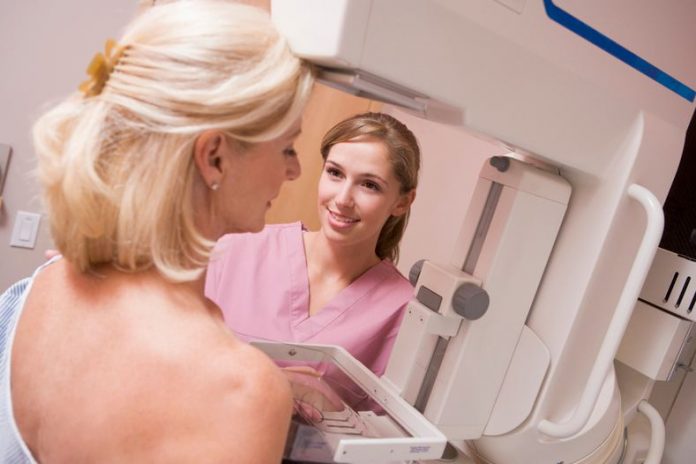Every woman who hears the words breast cancer feels a sense of fear. What is breast cancer and can you prevent it? Here are some facts about breast cancer every woman should know
What Should I Know About Breast Cancer?
According to the American Cancer Society, breast cancer is the second most common form of cancer in women after skin cancer. While it is also possible for a man to get breast cancer women are 100 times more likely to develop it than men.
Breast cancer is the second leading cause of death from cancer in women. Lung cancer is the leading cause. The chance of dying from breast cancer is one in 33, but that number is decreasing as new forms of treatment and early detection are being implemented.
There are several forms of breast cancer that occur in different areas of the breast. Most breast cancers are treated with radiation, chemotherapy, or surgery. It depends on the type of cancer, how far it has spread, and where it is located in which treatment program is determined for any individual.
Great strides are taking place to treat and prevent breast cancer. Women with a high risk should discuss the possible preventive measures currently available with their doctor.
Who is More Likely to Get It?
The American Cancer Society reports that 1 in 8 women in the US will experience invasive breast cancer in her lifetime.
While every woman is at risk there are certain factors that increase the likelihood a person may develop breast cancer. Not having these risk factors does not mean you will not develop cancer just as being at high risk doesn’t mean you will develop cancer.
Smoking, age, and family history are common factors that are assessed when determining risk.
While smoking can be controlled, age and family history cannot. The older you are the greater the risk that you will develop breast cancer almost 8 out of 10 women diagnosed with breast cancer are over 50. If women in your family developed breast cancer you are also at an increased risk.
Certain genetic changes increase the risk to as high as 80% that a woman will develop cancer. Testing for these changes can help a woman and her doctor discuss preventative measures that might be taken.
Caucasian women have a higher risk of developing breast cancer but African-American women more often die from the disease. Asians, Hispanics, and American Indian women are less likely to get it.
Starting your period (menstruation) before age 12 or going through menopause after 55 slightly increases the risk.
Having taken the drug DES (diethylstilbestrol), which some women were given in the belief it would prevent them from losing a baby, slightly increases the risk while radiation to the chest earlier in life greatly increases the risk.
Being overweight, the use of alcohol, long term use of HRT (hormone replacement therapy), and not having children have all been linked to an increased risk of breast cancer. Using birth control pills may increase the risk and should be discussed with your doctor.
On the other hand exercise, healthy eating (especially reducing the intake of alcohol and red meats), or having had children early in life and breastfeeding for as long as 1 -2 years have been linked to a REDUCED risk of developing breast cancer.
What Can I Do to Reduce the Risk?
Since early detection is so important it is vital that women learn how to detect lumps in their breasts and understand what precautions must be taken.
Those who are more at risk of developing cancer should take extra steps to detect cancer as early as possible since the lumps found by self-examination are much farther progressed than those found by other forms of detection.
While a doctor or nurse can show you how to perform a BSE (breast self-exam) the American Cancer Society still recommends women in their 20s and 30s should have a clinical exam every three years and once a year after 40.
After 40 most women should also have regular mammograms to catch cancers earlier.
Changes in the breast including dimpling, swelling, discharge other than milk, or any other change to the nipple should be brought to the attention of a doctor.
While most of the changes can be linked to non-cancerous causes catching cancer early is definitely the most important factor in surviving breast cancer.

